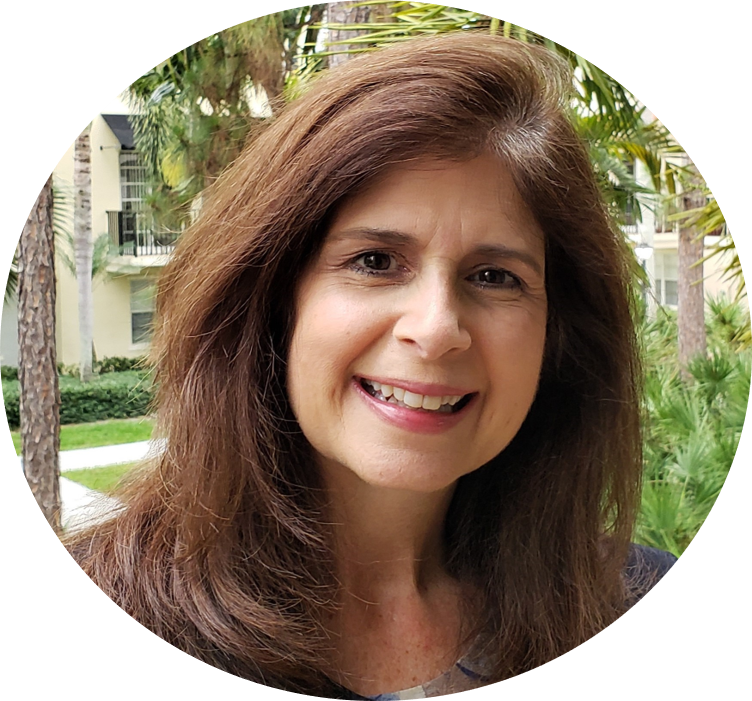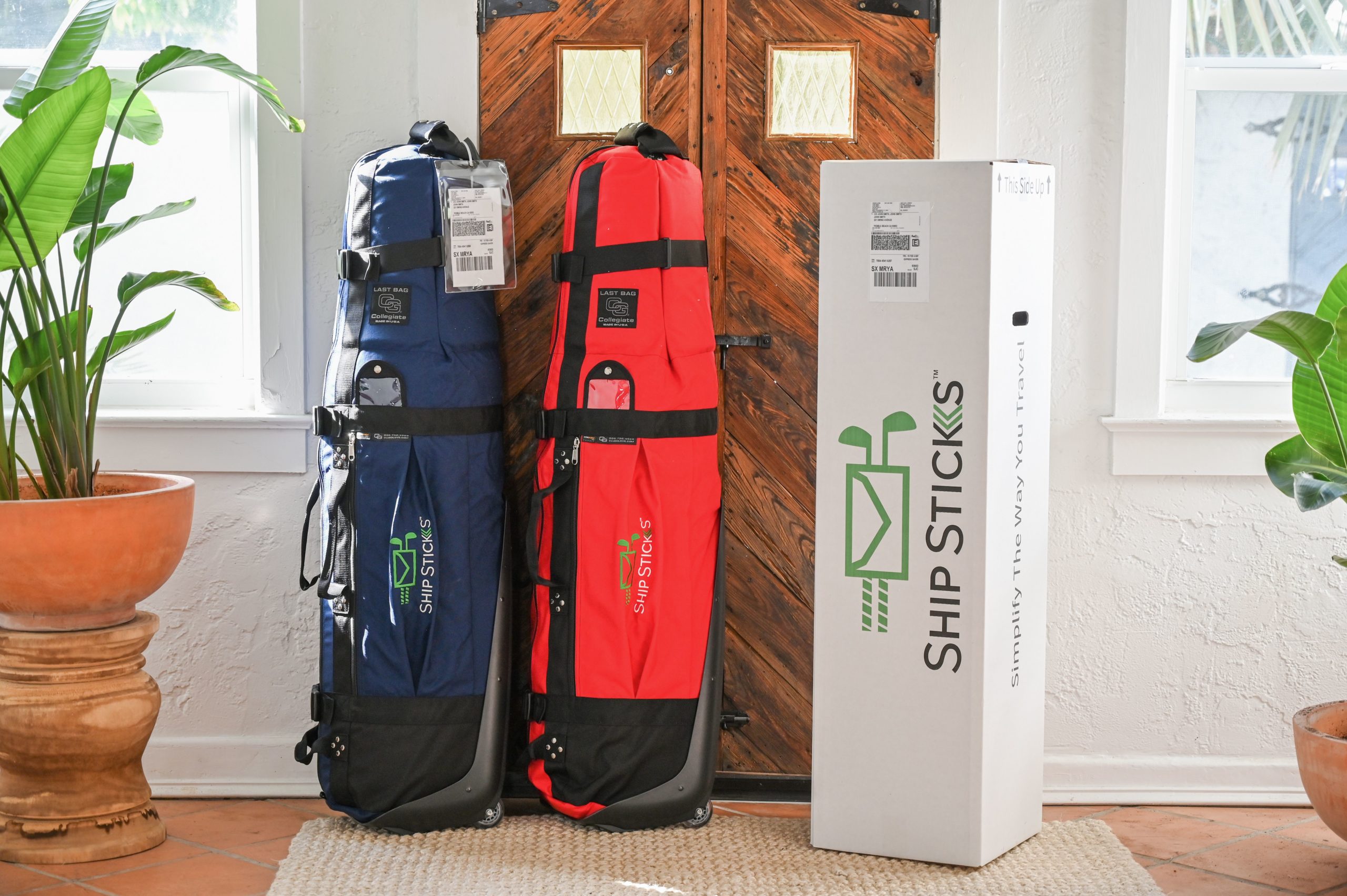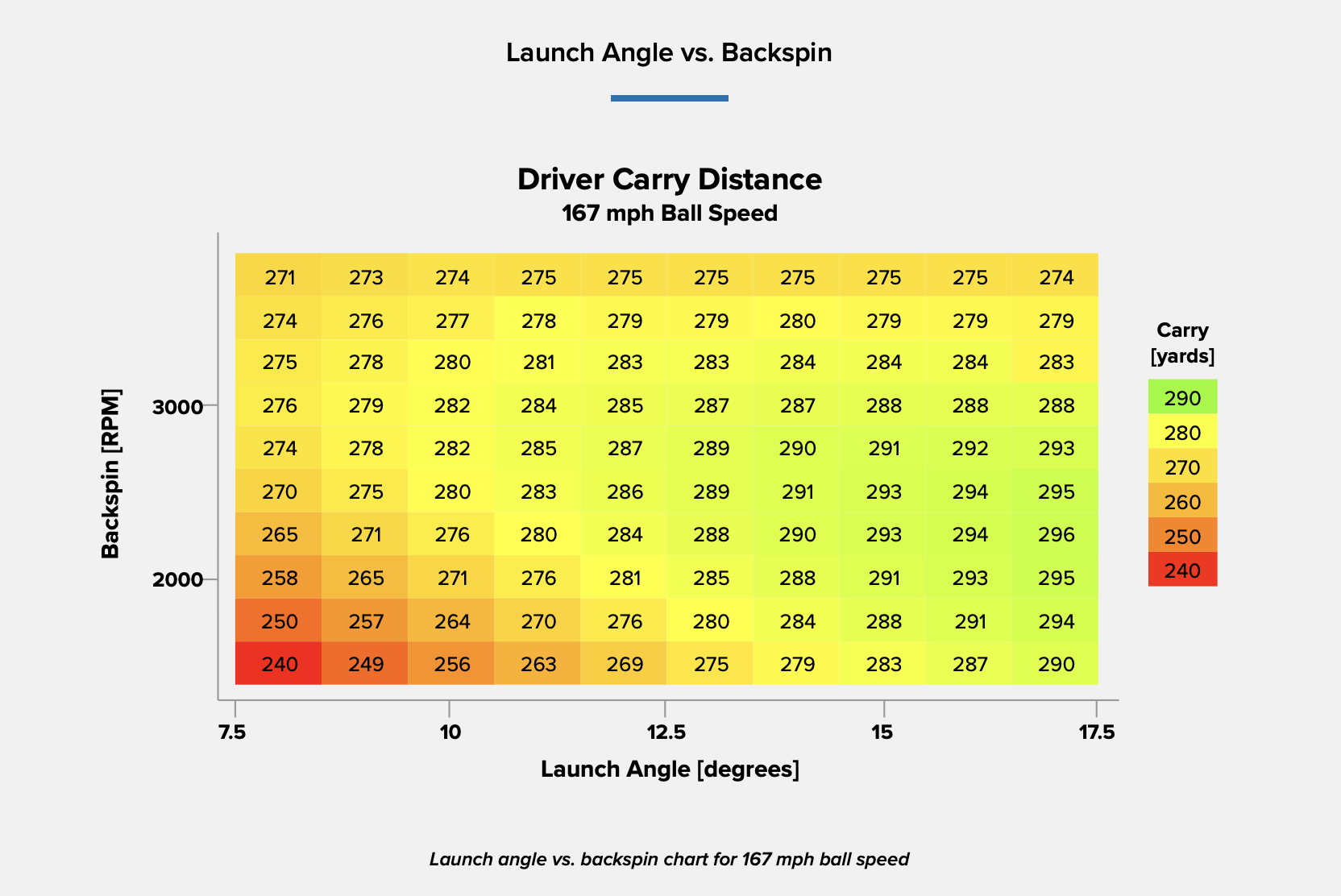Giving Back to Golf
Walk into any PGA TOUR Superstore in the country on the third Saturday of each month and you’ll get a peek at the grassroots efforts that go into growing interest in the game of golf. Each of the company’s almost three dozen stores hosts a “KidsZone” fun-first clinic as a way to introduce potential future golfers to the sport.
It’s not a coincidence that these clinics resemble similar kids’ clinics being held at Home Depot stores every Saturday morning. While future home-improvement customers are donning mini orange aprons and swinging a hammer as they build their first birdhouse, kids at PGA TOUR Superstore are swinging golf clubs and getting their first taste of the game of golf.
Dick Sullivan, President & CEO of PGA TOUR Superstore, hired the marketing executive who implemented the birdhouse-building initiative almost two decades ago during his time as Home Depot’s Chief Marketing Officer. Now in his ninth year at the helm of the Atlanta-based golf retailer, Sullivan says there is a natural connection between the two big box stores.

Dick Sullivan at one of his PGA Tour Superstore locations.
“There are a lot of parallels between the home-improvement business and the golf-improvement business and we certainly try to capitalize on that,” Sullivan said in a recent interview. “Just like today’s Home Depot, everybody carries the same products. The difference with Home Depot, and with us at the Superstore, is we do the difficult things well. You can go to lots of hardware stores, but they’re never going to install a kitchen. Installing a kitchen is not an easy process.”
Mastering the golf swing is also a difficult process. And while a Home Depot customer might not be excited to learn how to fix a leaky toilet, a PGA TOUR Superstore customer is typically very eager to spend time in a store learning how to fix a leaky swing.
“Because of the experiential aspect of our stores, people like to come in and just tinker around,” said Sullivan, who recently was appointed Chairman of the NGF’s diverse Board of Directors. “They like to learn new things. People always like to learn what is the latest and greatest and they don’t leave. We don’t necessarily care if they buy anything during that time, but they learn more about our store and the products and they’ll come back because of that experience.”
On average, PGA TOUR Superstore visitors spend about 60-75 minutes in the store, Sullivan said. Being able to draw more golfers in the door has led to a record growth for the company. And there’s no sign of slowing down.
As numerous other big box stores, such as Toys “R” Us, have been battling bankruptcy and downsizing over the past few years as consumer shopping habits change, PGA TOUR Superstore has been steadily expanding its retail footprint over the past decade. Since being purchased by Home Depot founder Arthur Blank in 2008, PGA TOUR Superstore has tripled its number of brick-and-mortar stores with an overall sales growth of more than 300 percent.
On Oct. 13, the company opened its third store in the Chicago area, marking its 35th overall location across the U.S. In September, another new store opened in Indianapolis — filling space previously occupied by Toys “R” Us. By the end of 2018, PGA TOUR Superstore will have 40 locations, a 21 percent year-over-year increase. By 2020, that number is expected to grow to 50 as the company continues to snatch up space once occupied by retailers such as Sports Authority, Golfsmith, Toys “R’ Us and Babies “R” Us.
The explosive growth runs opposite to what the retail industry has experienced in the past several years. In 2017, a total of 105 million-square-feet of retail space was shuttered. PGA TOUR Superstore locations average almost 50,000 square feet apiece, more than five times the average golf retail store.

PGA Tour Superstores average almost 50,000 square feet apiece — more than five times the average golf retail store.
However, the company’s growth isn’t surprising when overall golf participation numbers are taken into account.
Golf is among the biggest recreation sports in the U.S. based on wholesale equipment dollars, trailing only camping and fishing while exceeding baseball, basketball and football combined.
The market for golf clubs, balls, shafts and grips make up $2.6 billion of the overall $84 billion golf industry, according to NGF data. Almost one-third of golfers said they bought a new club last year, while 71% said they purchased golf balls.
Golf welcomed 2.6 million newcomers last year, maintaining a four-year upward trend. Among those beginners, 35 percent are women and 70 percent are under the age of 35. In addition, the number of non-golfers who say they are “very interested” in playing golf has increased to 14.9 million, a rise that in part can be in part to the growth of off-course forms of participation such as Topgolf.
In an attempt to capitalize on this increasing interest, PGA TOUR Superstore is also making a substantial push into online retail. In September, the company launched its new e-commerce store after spending more than a year working with Salesforce Commerce Cloud to create a completely new end-to-end journey for customers on any device.
Since the new website debuted, Sullivan said PGA TOUR Superstore’s e-commerce sales have tripled, a jump he credits largely to the ease of use on mobile devices.
“We were getting good usage on desktop, but the mobile application is much more friendly and we’re seeing a significant improvement in conversion rates,” Sullivan said. “The reality is people shop differently than they did even 10 years ago.”
And with numerous markets clamoring for their own brick-and-mortar store, Sullivan said online access to the company’s golf equipment and apparel is a good secondary option.
“We’re not going to be able to put as many stores in as many markets as customers would like us to, so this is a real good alternative shopping vehicle,” he said. “But it will never replace the in-store experience.”

PGA TOUR Superstore has been snatching up new locations that were home to Toys ‘R’ Us and Babies ‘R’ Us stores.
Although online and mobile sales have been a boost to the company, Sullivan remains particularly bullish on the in-store experience, which he says separates PGA TOUR Superstore from other golf retailers. For example, in 2017, employees conducted over 100,000 custom club fittings, gave about 50,000 lessons, and re-gripped more than 750,000 clubs. That’s the kind of service and expertise that has been behind the company’s growth since the start.
“There is nothing slowing down in our brick-and-mortar expansion,” Sullivan said. “If anything, there’s more opportunities. We hope to be able to secure some more locations. But for someone who is just looking to replace a dozen golf balls or replace a shirt that they already know the size of, it makes it a lot easier for a customer when you have a world-class e-commerce site.”
In the coming years, continued growth will be dependent, in part, on finding the right balance between online and in-store sales.
“Ultimately, we don’t care how the customer shops,” Sullivan said. “The other part of the equation is the service and the amount of training we put into the employees in our stores. It’s really important. As long as our e-commerce business doesn’t grow disproportionately. Because if it does, then we’re not creating the level of experience as we should in our stores. If you do not have a point of differentiation in your experiential retail product, then you’re just becoming a commodity. To me, with all of the services that we offer, our stores continue to be exciting.”
Short Game.
"*" indicates required fields
How can we help?
NGF Membership Concierge

"Moe"
Learn From NGF Members
 Ship Sticks Secrets to a Hassle-Free Buddies Golf Trip
Ship Sticks Secrets to a Hassle-Free Buddies Golf Trip
Whether you’re the head planner of your upcoming buddies golf trip or simply along for the ride, we’ve gathered a few easy ways to keep everyone in your group happy.
Read More... Golf Course Turf, Soil and Water Quality Diagnostic Testing
Golf Course Turf, Soil and Water Quality Diagnostic Testing
As humans, we see our primary care physician on a regular basis to proactively evaluate our vital signs. Likewise, a superintendent should perform frequent diagnostic testing on their golf course.
Read More... Unlocking Distance: Launch Conditions and Angle of Attack
Unlocking Distance: Launch Conditions and Angle of Attack
We’ve long known that higher launch and lower spin is a powerful combination for generating consistently long and straight tee shots. A key factor in optimizing launch conditions, one often overlooked, is ...
Read More...


